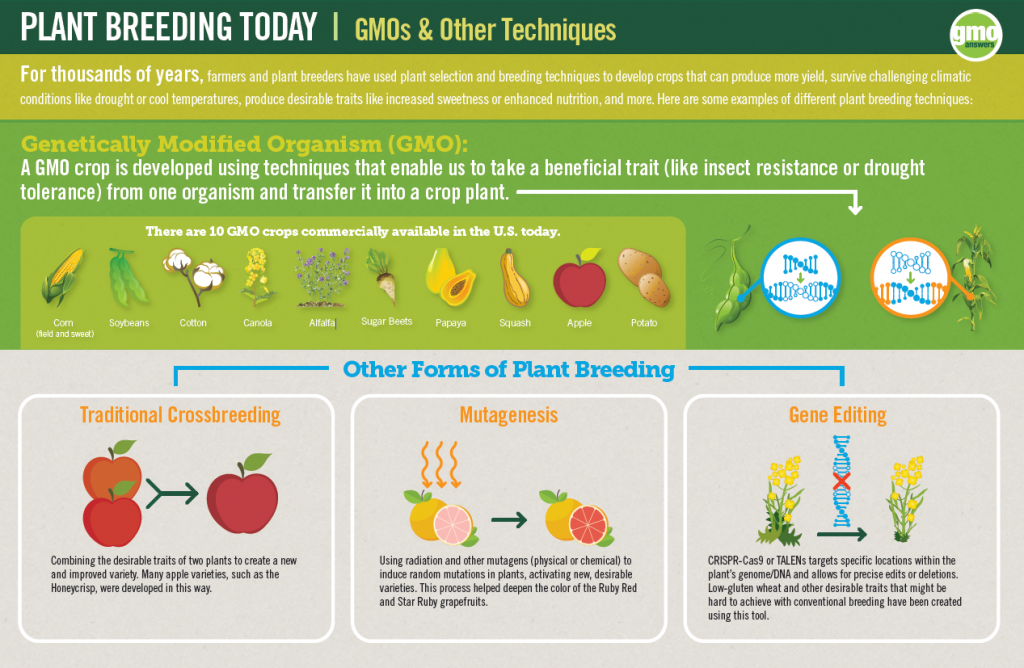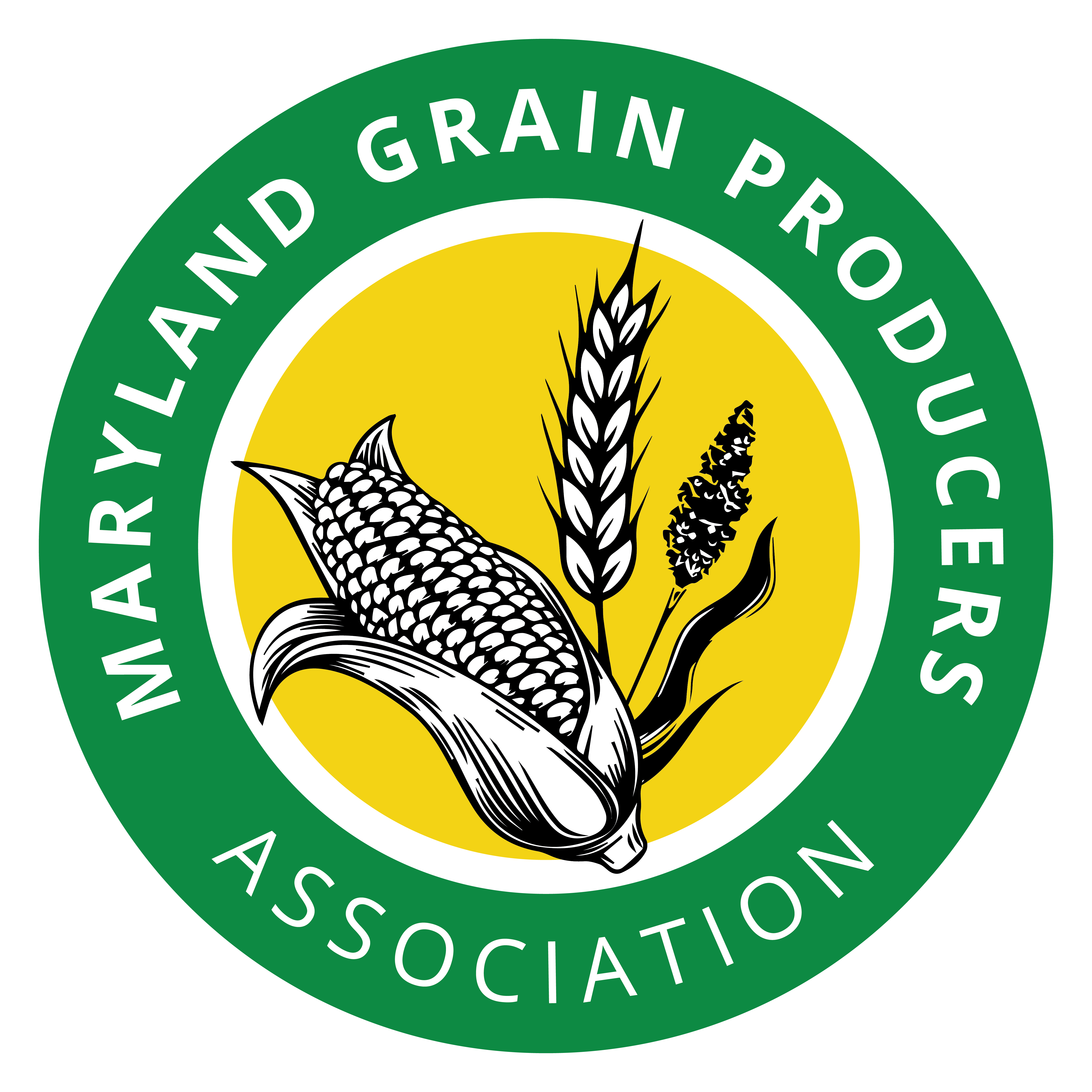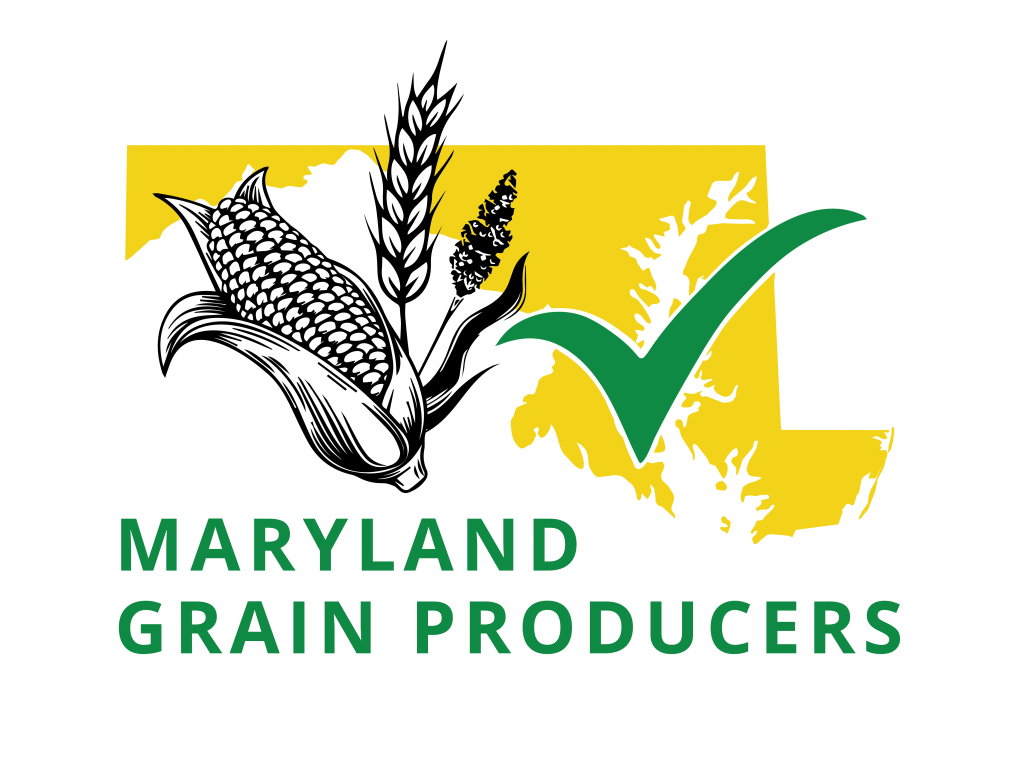Agriculture utilizes technology in many aspects. Staying up to date with the latest technology benefits our farmer’s productivity.
Biotechnology
There are ten genetically modified organisms and in Maryland, farmers produce some of these on their operations.

Genetically modified crops were created for insect resistance, drought tolerance, herbicide tolerance, disease resistance, enhanced nutritional content, reduced food waste, and improved manufacturing processes.
Learn more about GMO’s here.
Precision Farming
Using satellite- and aircraft-based remote sensors to precisely measure the wavelengths of radiant energy that are absorbed and reflected from the land surface, farmers can tell where their crop is thriving and how efficiently the plants are photosynthesizing. The data can also tell where, and why, their crop is under stress and help them diagnose the source. The next step is to correctly apply the treatment.
Critical to the success of precision farming is sophisticated equipment called “variable rate technologies.” These devices are mounted on tractors and programmed to control the dispersion of water and chemicals based upon the information gained from the remote sensors. Now being able to target and limit inputs – such as fertilizers, seeds, water, pesticides, or herbicides – to precisely where and how much is needed, farmers are putting less on the landscape. This can mean less chemical runoff from farms to negatively impact the environment.
By using the tools of precision farming, growers can specifically target areas of need within their fields and apply just the right amounts of chemicals where and when they are needed, saving both time and money and minimizing their impact on the environment.
Conventional Breeding vs. Genetic Engineering
In conventional breeding, cross-pollination is restricted to exchanges between the same or very closely related species with little or no guarantee of getting the desired gene-combination for the millions of crosses generated. It takes a long time to attain favorable results as undesirable genes can be passed on along with desirable ones.
Genetic engineering is a precise process to copy a gene with a desirable trait to make crops healthier and resistant to plant disease, pests, and drought, from one plant to another without changing anything else about the plant’s makeup. The faster the new seeds are created, approved and planted, the less water or herbicides the crops require, improving environmental stewardship.
Examples: Broccoli that contains at least two times the phytonutrient responsible for boosting antioxidant (cancer prevention) enzyme levels. Pest-resistant corn containing a trait from naturally-occurring bacteria that is safe for humans but toxic to corn earworm; reduces the amount of pesticides farmers need to spray on their cornfields.
A Natural Progression
For 10,000 years farmers have intentionally changed the genetic makeup of all the crops we grow to produce hardier crops that taste better, resists disease and is easier to grow all while taking up less land. Today, every commercially available vegetable, fruit, and grain has been altered by human hands, even those coming from organic and/or heirloom seeds.
In the 20th century, the demand increased for certain traits in crops. Many people around the world became concerned about the growing use of chemicals and inputs needed to improve yields and wanted to reduce the impact of agriculture on the environment. Hand-in-hand with this concern was the growing need to feed more people as the world’s population grew greatly. Many people worried about the coming environmental disaster. In response, academia and scientists at companies began intense research to use biotechnology to produce crops with specific traits to answer these concerns. The result has been seeds that yield more crops, have less impact on the environment and require less use of inputs.
- The planting of GMOs has resulted in a 379 million pound reduction in pesticide applications in the U.S. from 1996-2009, which has saved farmers time and money while improving our environment.
- BT Sweet corn can be grown with up to 85% less insecticide compared to conventional sweet corn.
- Widespread use of BT corn has suppressed the devastating European Corn Borer (ECB) so well that the pest no longer threatens U.S. non-GMO corn crops.
- In 2009, 65% of the U.S. soybeans grown used conservation tillage, resulting in a 93% decline in soil erosion and preserving an estimated one billion tons of topsoil. This reduction, in part, was due to GM soybeans, which are resistant to herbicides.
What traits are being developed?
Researchers and scientists are developing new biotech varieties or hybrids for specific reasons:
- Improving environmental stewardship while maintaining yields on less land with fewer inputs; in particular, drought-tolerant corn is being introduced to the U.S. market.
- Improving nutrition (for example, healthier soybean oils that eliminate trans fats and contain increased levels of Omega 3)
- Making foods safer (for example, removing allergens)
- Disease resistance
- Pest and herbicide resistance
- Better shopping and handling experience (for example, fruits that ripen at the right time have better flavor and remain fresh longer)
Because of these benefits and traits, biotech has the potential to provide more healthy and plentiful food for a growing world population. The future may not hold just more yields on less land with fewer environmental impacts, but it may also include the sorghum genus with increased Vitamin A, iron, zinc, and improved protein quality, or broccoli with increased antioxidants.
Are Genetically Engineered Foods Safe?
On average, each biotech seed variety takes an average of $136 million and 13 years to bring to market because of the research, safety studies and regulatory approval process necessary. No other type of new seed that comes to market from other breeding methods goes through any approval, including the thousands of conventional and organic seeds developed from mutagenesis. Only GMOs are required to be reviewed.
- USDA conducts a mandatory review of all GMOs to prove they are safe to grow.
- EPA conducts a mandatory review on GMOs that contain a trait related to “regulated articles,” such as being resistant to insects or herbicide-tolerant to prove GMOs are safe for the environment.
- FDA conducts a voluntary review to prove GMOs are safe to eat
All data submitted for these approval processes can be made publicly available. Further, if new studies from any source come to light that show any harmful effects of an existing GM product, they must be submitted to the regulatory agencies for further review. To date, the FDA has reviewed many studies that questioned the safety of today’s GMOs and have found them not scientifically valid.
“FDA has no basis for concluding that bioengineered foods differ from other foods in any meaningful or uniform way, or that, as a class, foods developed by the new techniques present any different or greater safety concern than foods developed by traditional plant breeding.” (Food and Drug Administration)

